Some systems with many small ducts leading to each zone can require lots of dampers. The example below is a 2 zone system that requires 6 dampers per zone (12 total). If you look at the zoning guide, you will find that you should budget for at least 55VA for this system... but you only have 40 VA transformers. 75 and 100 VA transformers can get VERY expensive! Instead you can use two 40VA transformers, but not how you think. It can be dangerous and unreliable to connect transformers in parallel to create ~80VA. We recommend the method below that employs the use of a simple relay to separate half of the dampers to be powered from a second transformer and the other half being powered by the SmartZone and it's transformer.
See the SmartZone Install Guide to calculate required VA.
It is always necessary to verify that the PRIMARY side power is sufficient to power the transformer connected. A dedicated PRIMARY circuit is best but not always possible. If sharing the 110V or 220V circuit, make sure the total power required for all devices connected (including zoning transformers) doesn't exceed the capacity of the circuit (usually 15 or 20 AMPS).
Where to get a relay?
Any 24V relay with a DPST or DPDT configuration will work. The one pictured in the above diagram is available at ZoningSupply.com (see below). If you are chosing your own relay, the "Contact" current rating will determine how many dampers can be connected. (For example: A 10 Amp relay can handle up to 10 power open, power closed dampers)





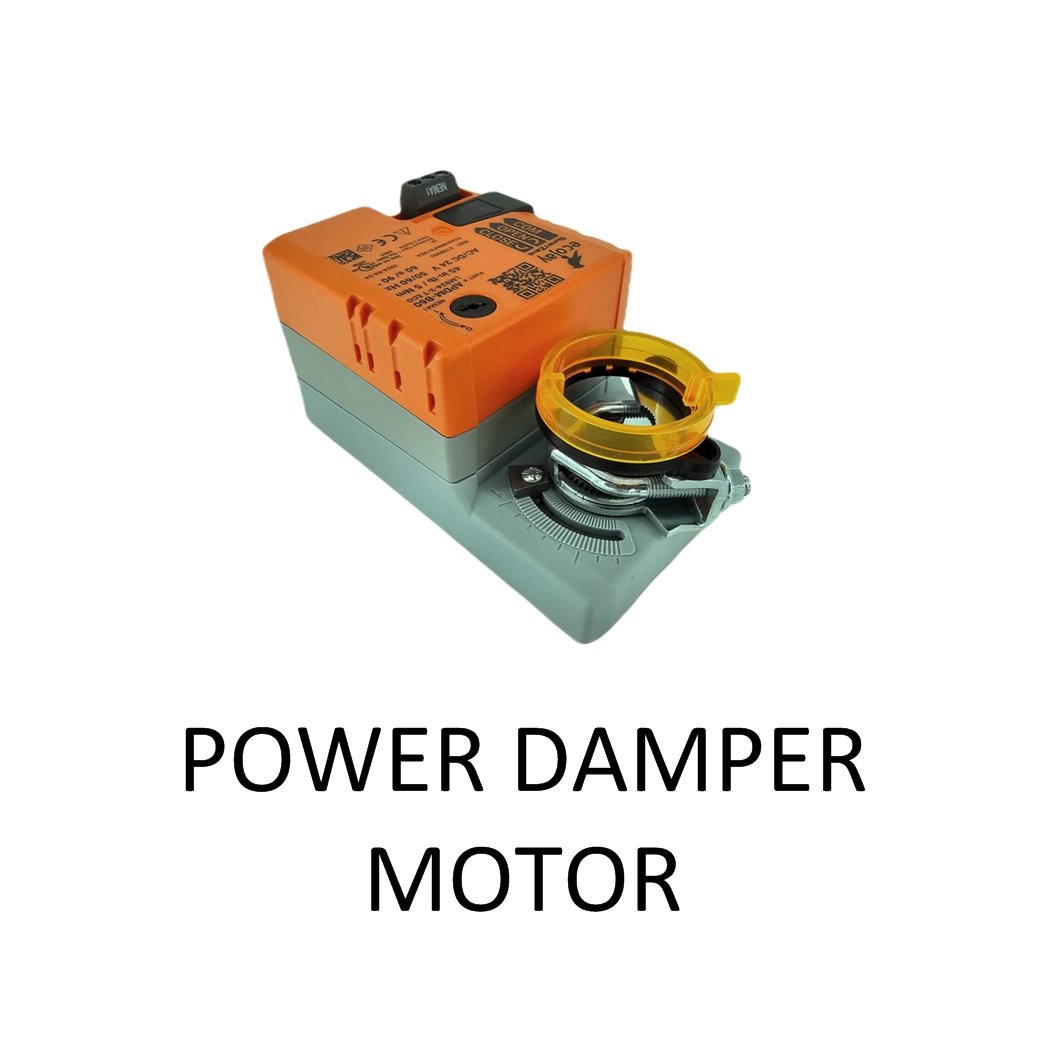
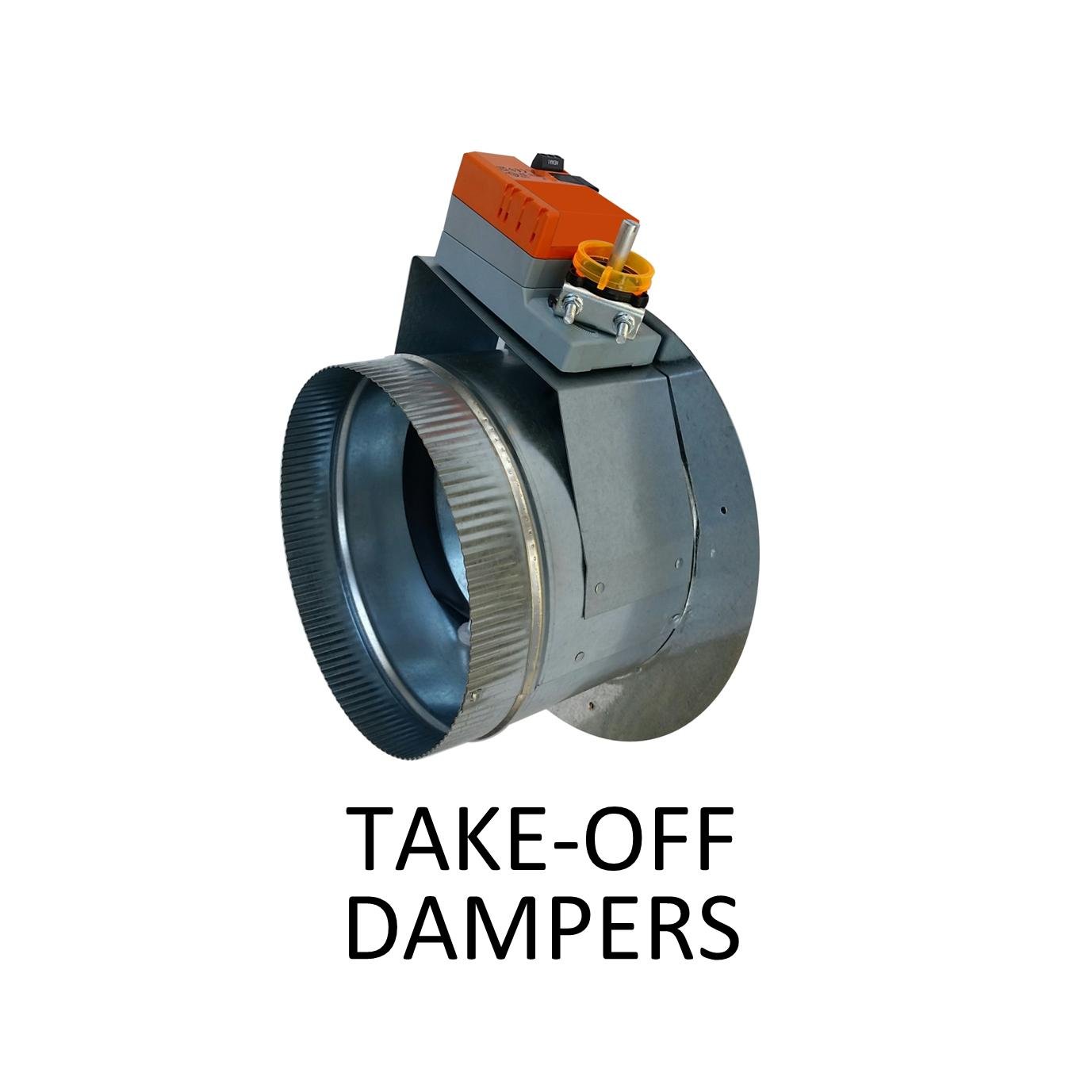


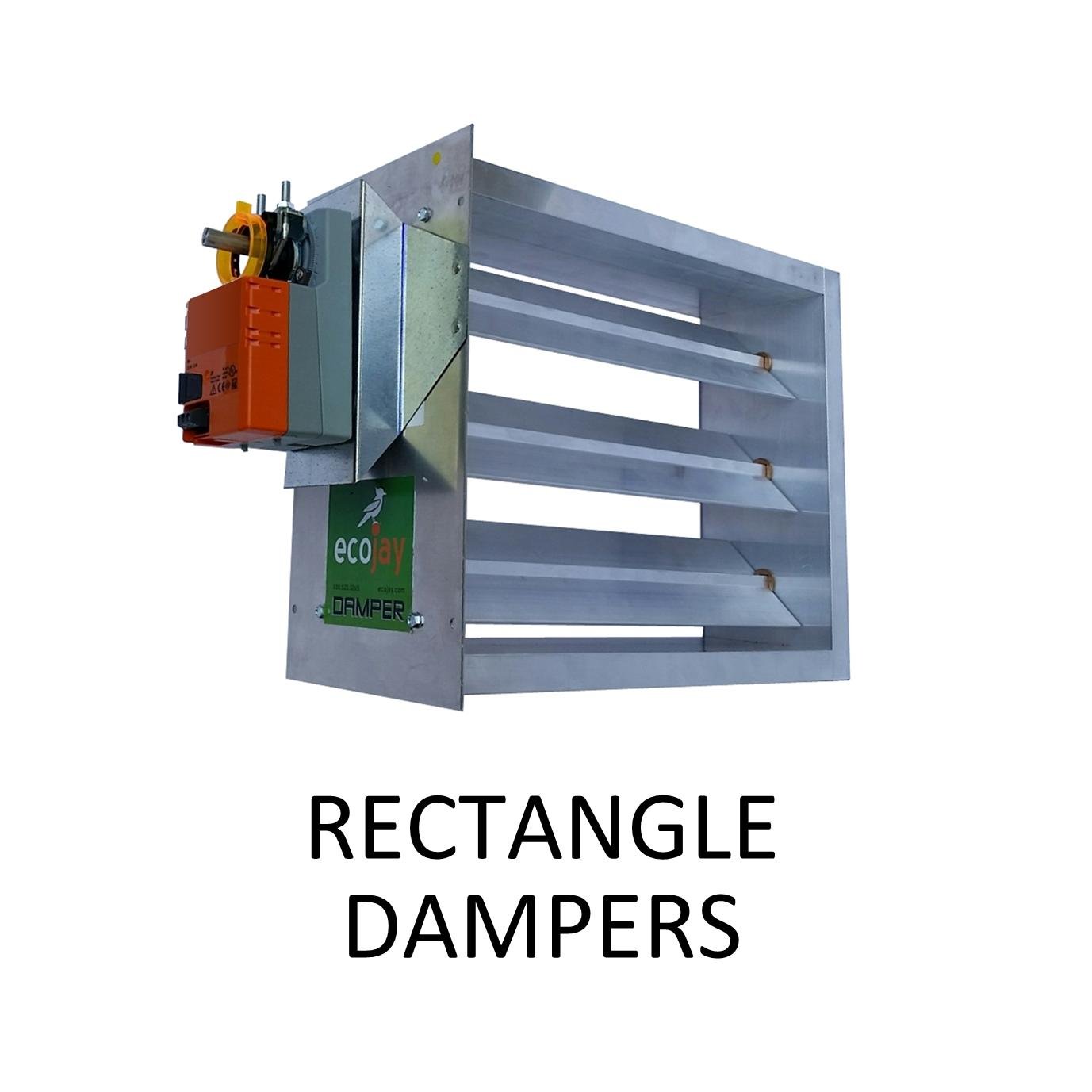
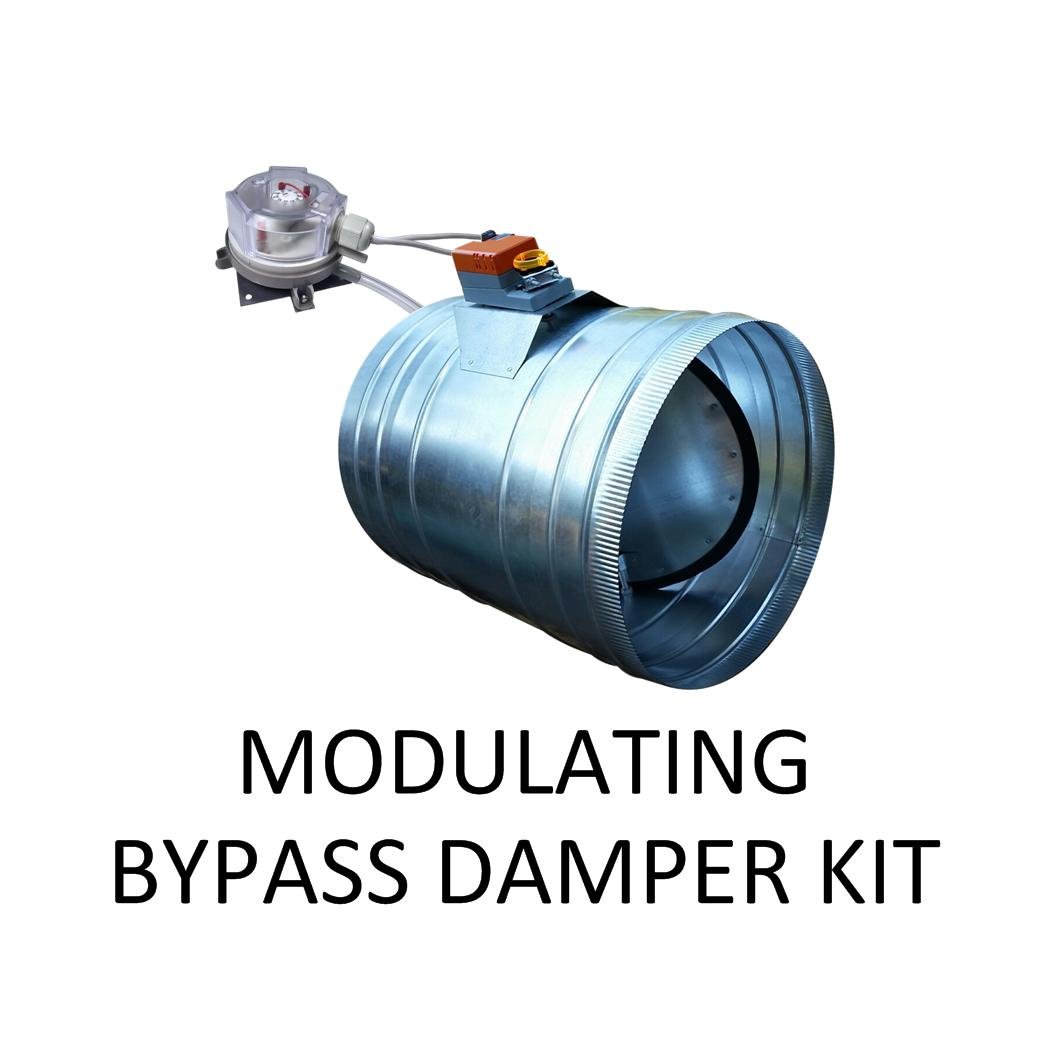
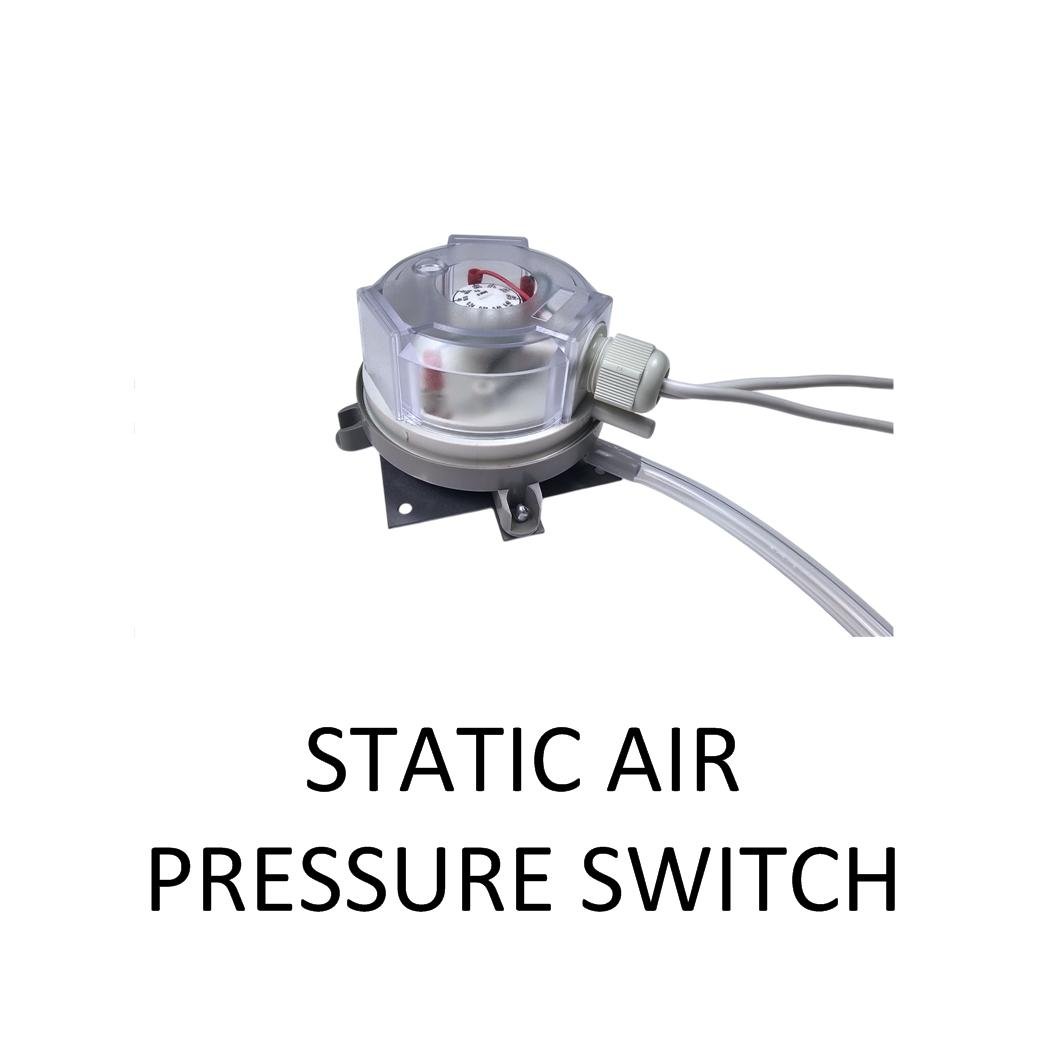
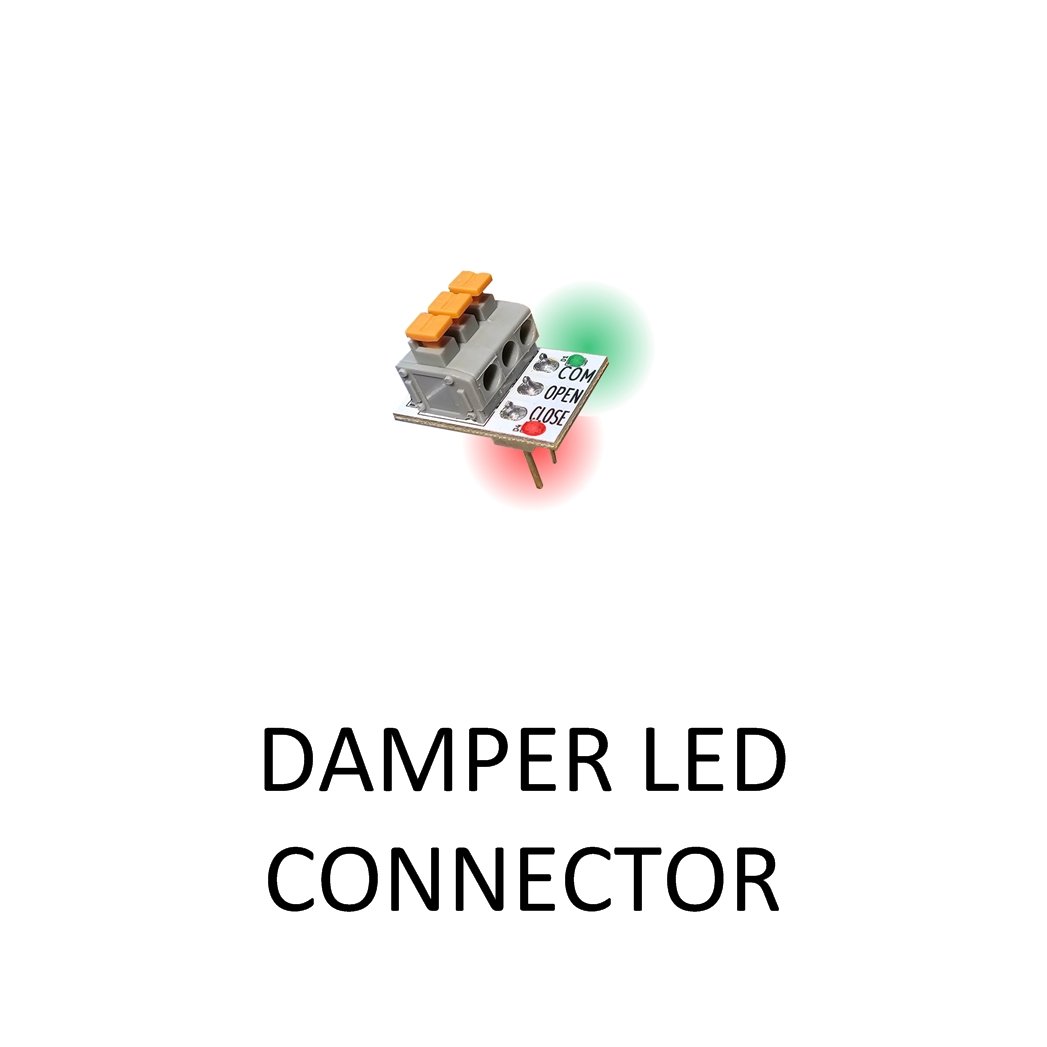



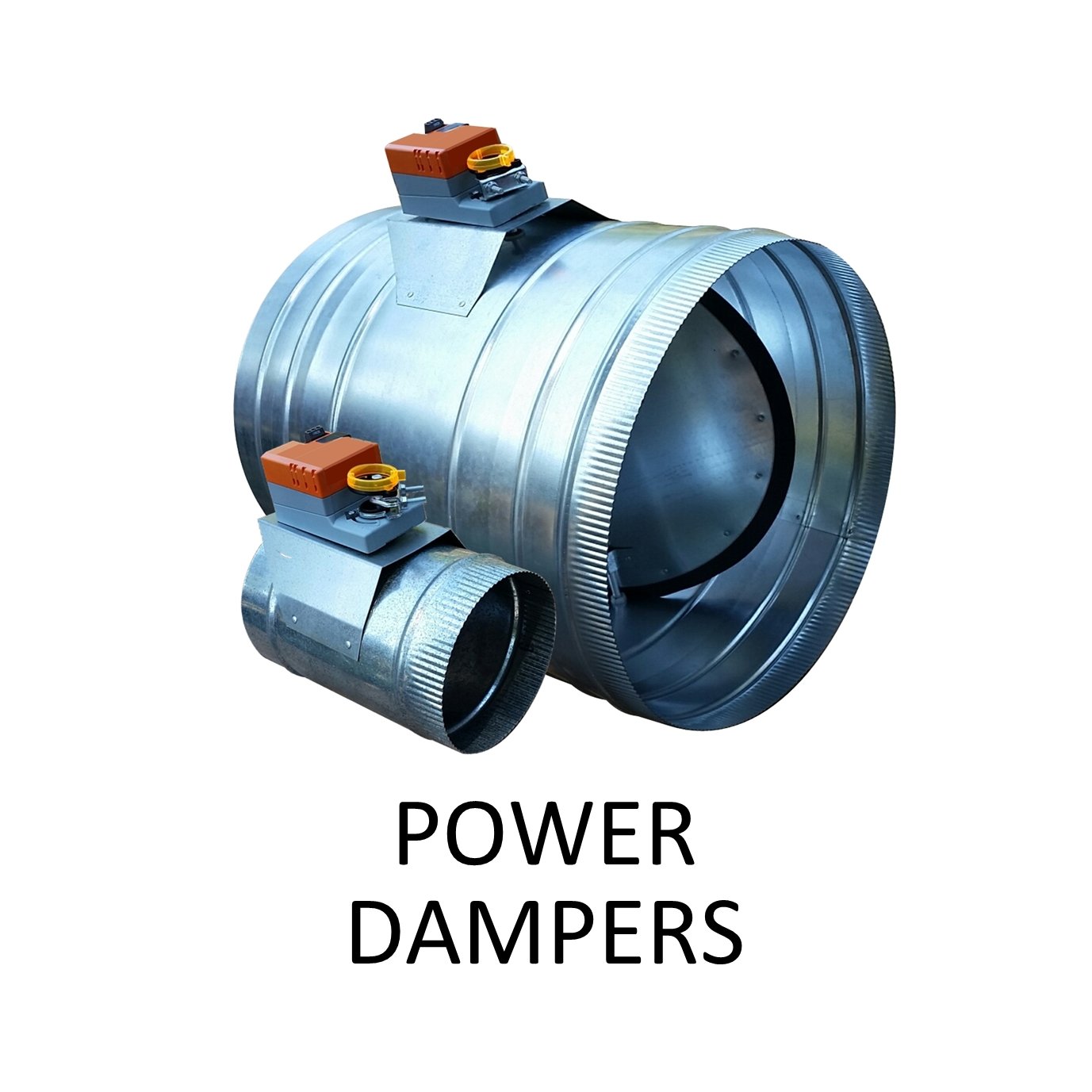
4", 5", 6", 7", 8", 9", 10", 12", 14", 16", 18" Available
FEATURES:
Industry-leading quality & highest reliability, Belimo Motor, Full-seal gasket blade, Super-Heavy Duty, Ribs for easy flex duct attachment, One crimped end for easy solid duct attachment, 5 Year replacement warranty.
Now available with or without a motor (Select below)
NOTE: All dampers subject to a 10% restocking fee.